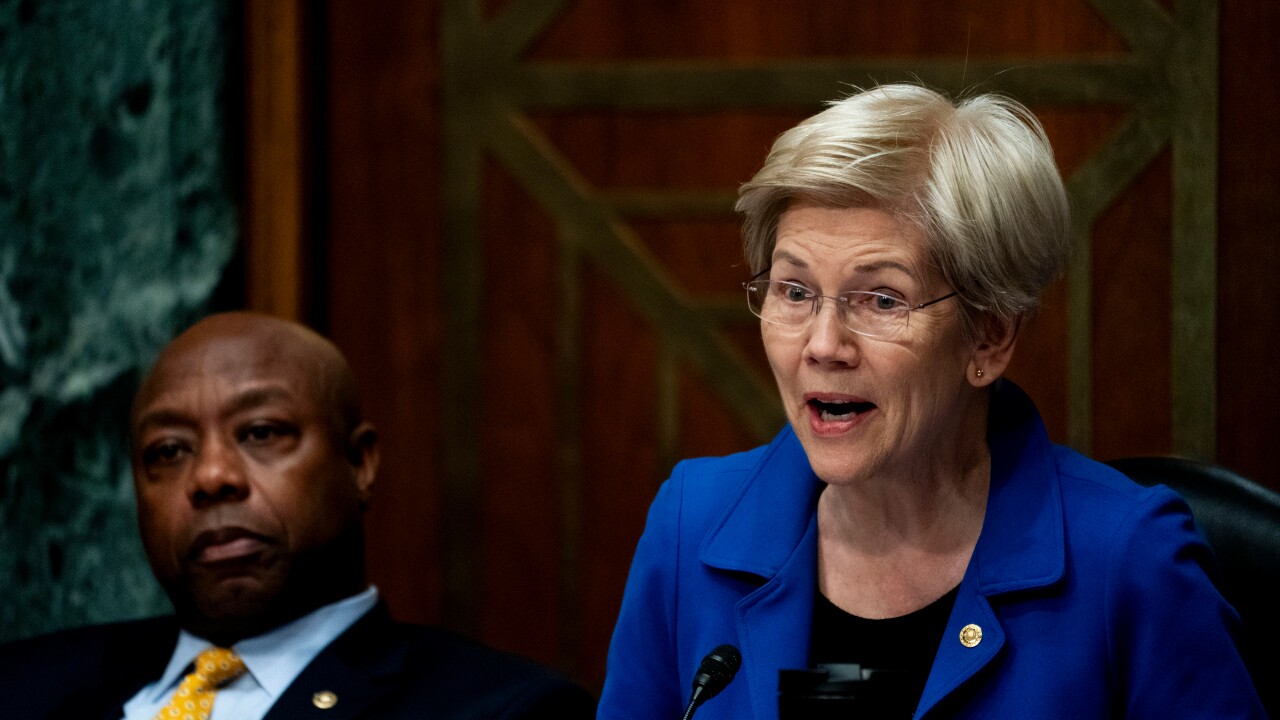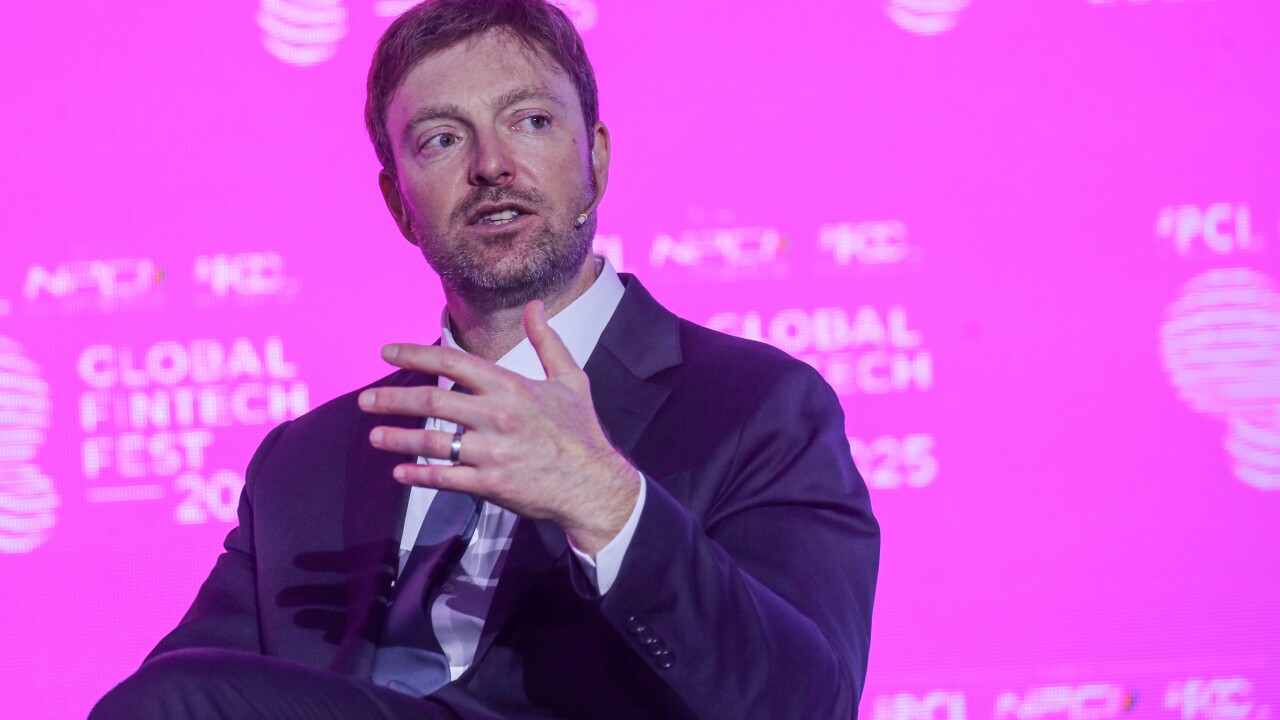Uncertain credit quality, historically low interest rates and the potential for stiffer regulation after the upcoming election are making it harder for investors to determine the earnings potential for community banks.
Smaller institutions tend to have easy-to-understand financials, driven by net interest income. Deferrals and modifications, along with the amortization of fees from the Paycheck Protection Program, are skewing results and creating more complexity.
“The toughest part about this earnings season is that we really didn’t learn much,” said Stephen Scouten, an analyst at Piper Sandler.
“Many, many banks are taking big reserves now, trying to get in front of what may be ahead,” Scouten added. “But we really don’t know what is happening yet and how much, in terms of reserves, might be enough because nobody really has a good handle on what loan losses could be.”

Castine Capital Management in Boston, which has focused on community banks, said in a July letter to investors that it plans to close its funds after it was “unable to judge whether or not the banks’ recent financial statements are even reliable.”
Bank stocks “will be un-investable for at least the intermediate future,” added Castine, which has stakes in banks such as Westbury Bancorp in West Bend, Wis., Community Bankers Trust in Richmond, Va., and HMN Financial in Rochester, Minn. The company pointed to the “opaqueness of the numbers and bankers’ lack of conviction in their own outlooks, combined with a complete lack of any COVID-19 strategy at the federal level.”
While a Castine representative declined to comment further, more investors have been shying away from the banking industry in recent months.
The KBW Nasdaq Bank Index is down more than 30% this year, despite a broader market recovery from the lows reached in the first quarter. The S&P 500 is up slightly year to date.
The wild card remains the
Most analysts agree that the economy began to recover in May and June, as businesses began to reopen and consumer spending picked up some from April’s lows. Unemployment, while still high, has improved substantially.
Such progress fed optimism among bankers that borrowers would catch up on their deferred loan payments and that, outside of the hardest-hit sectors, lenders would avoid widespread credit deterioration.
Then the pandemic worsened in July, as outbreaks and record daily case levels drove several heavily populated states such as Florida and California, to pause or roll back portions of their reopening plans. Pandemic-related unemployment benefits expired at the end of July, and lawmakers have yet to agree on the details of a new
“The path forward depends on the virus, the efforts to contain it, and the amount of fiscal support,” said Scott Brown, chief economist at Raymond James.
July’s setbacks injected new doses of uncertainty and raised concerns that the pandemic could freeze the burgeoning recovery, potentially leading to new rounds of deferral requests and, eventually, more soured loans for banks to sort through.
“It is very challenging right now to really understand” banks’ exposure to loan losses, said Damon Del Monte, an analyst at Keefe, Bruyette & Woods.
Bankers are doing the best they can to provide clarity and address concerns.
Several smaller banks said during earnings season that inquiries about extended loan deferrals were far fewer this summer than initial requests received in March and April. But requests continue to roll in nonetheless and, with many things still unclear, bankers were careful to emphasize uncertainty.
Hope Bancorp in Los Angeles was among the banks to emphasize the “fluid situation” it faces.
The $17.2 billion-asset company expects about 60% of its commercial borrowers will request a second deferral, Chairman and CEO Kevin Kim said during Hope’s quarterly call with analysts. Hope “will be requesting, on a best-effort basis, concessions in the form of additional collateral, payment reserves or some other type of credit enhancement.”
Executives at South State said on the Winter Haven, Fla., company’s quarterly call that it already pulled its most powerful levers — 90-day loan payment deferrals and aggressive PPP lending — which helped its clients weather initial setbacks.
The $37.7 billion-asset company, created by the June merger of South State and CenterState, made about 19,000 PPP loans totaling $2.4 billion, or a tenth of total loans. Deferrals accounted for 17% of its portfolio at the end of June before settling down to about 11.5% late last month.
It is unclear whether those efforts will ward off, or merely delay, defaults in the future.
“We estimate we'll end up in the mid-single-digit percentage of loans on deferral” by late August, Daniel Bockhorst, South State’s chief credit officer, said on the call, though he added that “the future is still somewhat unknown … and there is the potential” for another increase down the road.
That uncertainty played heavily into Castine’s decision.
While an optimistic scenario would feature a relatively quick recovery and a resumption in loan payments, the company noted that a negative outcome, where deferrals last a long time and borrowers struggle with payments, “is not difficult to envision in the case of hotel, travel, restaurant, and other retail borrowers.”
Some investors are hopeful that the banking industry’s underlying strength prior to the crisis will help it weather the aftermath of the pandemic.
Robert Bolton, a bank investor and president of Iron Bay Capital, noted that banks, by and large, entered the crisis well capitalized. And they had generally strong credit quality.
But the next few quarters will be bumpy.
“Banks do not operate in a vacuum,” Bolton said. “It’s definitely going to be challenging until we contain the virus and know its duration. And we could see new challenges after the election. There are definitely some very big wild cards.”





